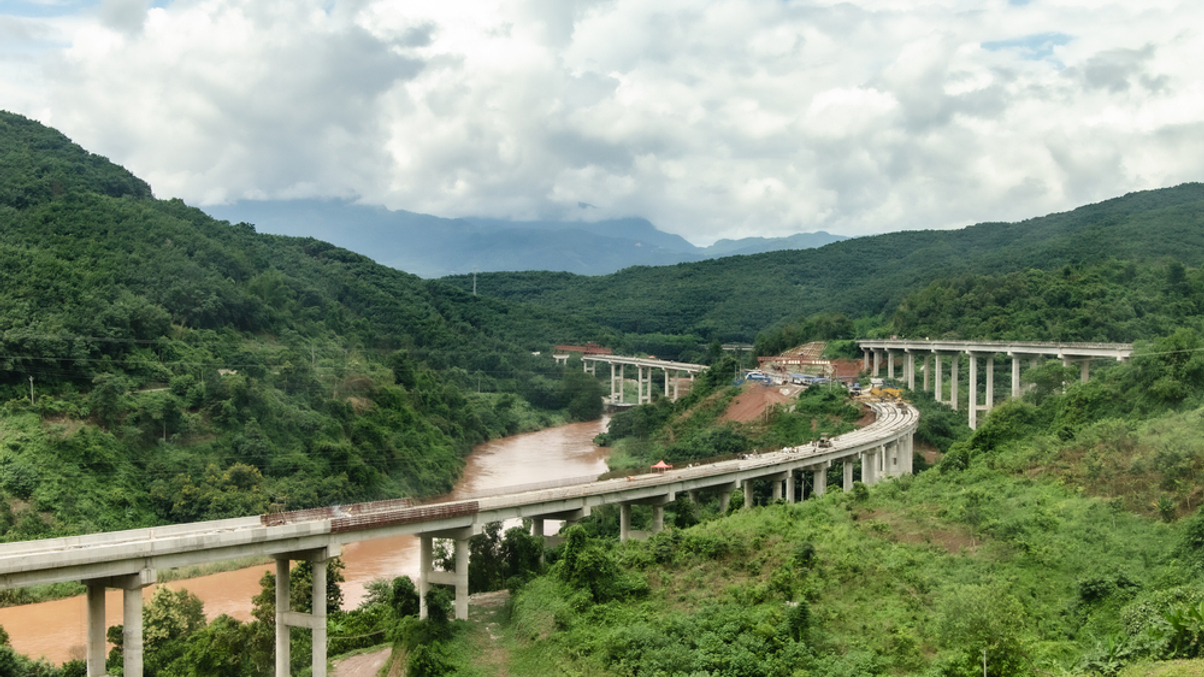Market Views: Can 'small and beautiful' reinvigorate China's Belt and Road Initiative?
China has invested $240 billion into its infrastructure-led Belt and Road Initiative since 2013. Ten years on, as China revives the ambitious plan, how should investors weigh up the investment opportunities and risks?

China’s Belt and Road Initiative (BRI) is back in focus after the country held its third international forum in Beijing last week, marking the 10th anniversary of President Xi Jinping’s flagship initiative.
Sign in to read on!
Registered users get 2 free articles in 30 days.
Subscribers have full unlimited access to AsianInvestor
Not signed up? New users get 2 free articles per month, plus a 7-day unlimited free trial.
¬ Haymarket Media Limited. All rights reserved.


